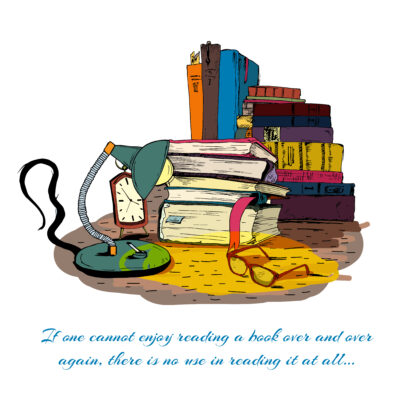
CRASH COURSE ON LITERATURE: PART 5

CCL: PT. 5
By N. O. Ewelike ACArb.
PART-FOUR: GENRES OF LITERATURE

Literature has three major facets namely: prose, poetry, and drama. These facets are often referred to as literary genres, categories, or divisions.
Genre:
This is a term used in literature to designate the distinct categories into which literary works are grouped according to form or technique, or sometimes subject matter.
- PROSE:
This term applies to all forms of written or spoken expression which do not have a regular rhythmic pattern. It is most often meant to designate conscious, cultivated writing not merely bringing together of vocabularies, a listing of ideas or catalogue of objects.
Prose is the commonest and probably the most popular. The language of prose is the language of news, business, administration, and instruction. It is the same language, as we read magazines, and of course use in writing letters. Thus, prose may be said to be everyday language which has been represented or transformed into writing. Prose is divided into FICTION and NON-FICTION.
- Fiction:
This is the term used for narrative writing drawn from the imagination of the author rather than from history or fact. The term is mostly frequently associated with novels, and stories, though drama and narrative poetry are also forms of fiction. Fables, parables, fairytales and folklore contain fictional elements. Examples of fiction are:
- Novel
This is used to name or designate any extended fictional prose narrative. Its use is customarily restricted to narratives in which the representation of character occurs in a static condition or in the process of development as a result of events or actions. Generally novel is a book with lengthy stories that deal with either imaginary or historical characters.
- Novelette
This applies to a work of prose fiction of intermediate length, longer than a short story and shorter than a novel.
- Epistolary Novel
This is a term used to describe a novel in which the narrative is carried forward by letters written by one or more of the characters.
- Emotive Prose
The motive of an emotive prose is to produce emotional effect on the reader. The writer’s objective is to make the reader. The writer’s objective is to make the reader experience pity, awe, sorrow, fear, likeness, joy, love and son on.
- Scientific Prose
This is a kind of prose where the author gives an exact account of how things happened. It involves stating a principle of a particular thing. It also includes everything pertaining to natural science, philosophy, theology, politics, and social sciences, law, sports, and so on.
- Non-Fiction:
This is the opposite of fiction. It deals with true experiences and happenings. Non-fiction means prose writing that deal with actual facts. Examples are: autobiography, and biography.
NARRATIVE METHODS AND DEVICES IN PROSE WORKS
In writing any of the prose works enumerated above, the writer makes use of different devices to narrate his story. The main narrative methods includes the following;
- EPISTOLARY NARRATIVE METHOD:
This is a letter writing method. When a book takes the form of a series of long letters, such a book will be said to be in epistolary mode.
- AUTOBIOGRAPHICAL NARRAIVE METHOD:
This method tells story in the first person. “I and We”. The narrator is the person who has experienced or witnessed the event he narrates.
- OMNISCIENT NARRATIVE METHOD:
This method is otherwise known as Eye of God narrative method. While the author makes use of this method, he narrates in the third person. The story comes from an unidentified voice who claims to be all-knowing, all-present and has a direct access to explore even the mind and dream of the characters.
- STREAM OF CONSCIOUSNESS NARRATIVE METHOD:
This is the method that is used to explore and reveal the inner flow of thought of the characters.
- FLASHBACK NARRATIVE METHOD:
This is a device that is used to reveal to the readers past event which might have happened before the prevailing narration. It is a sudden return to an earlier time by the writer in order to provide readers with as many details as possible.
- DIALOGUE:
This is the common device that is used by a story teller or novelist. We must, however note that dialogue is an integral part of drama.
- ASSORTED NARRATIVE METHOD:
This is an overall employment of all or some of the methods earlier mentioned. The modern writers’ use any of these methods at different stages of their narration anytime they deem fit.
